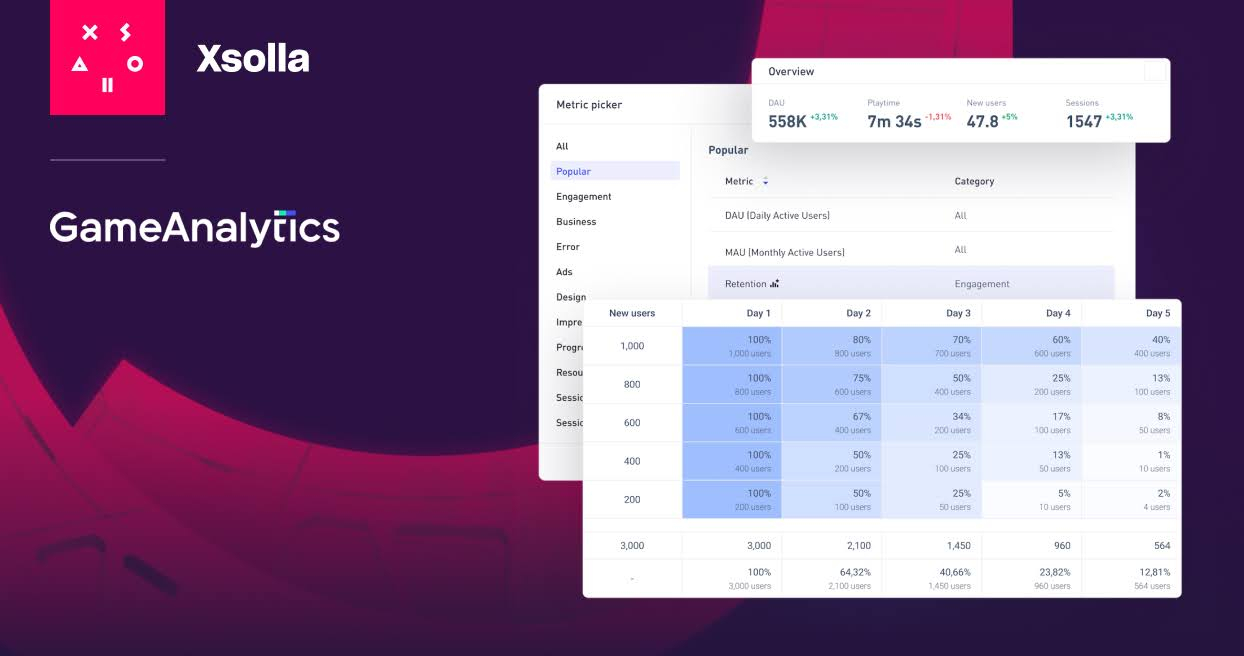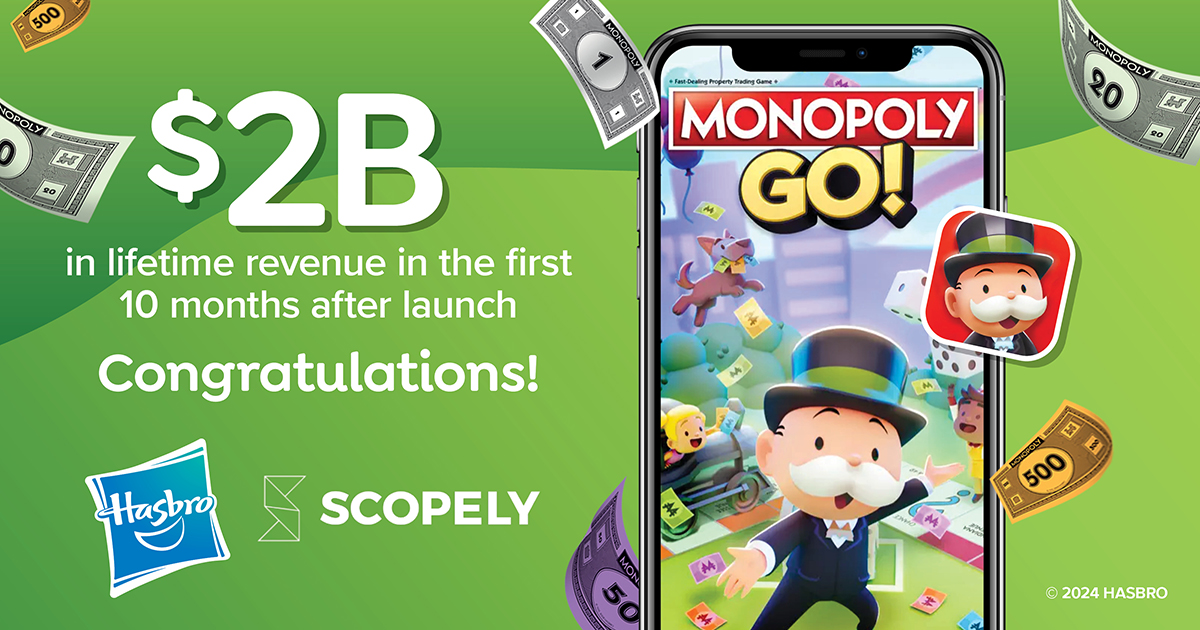Ilya Trofimov, a producer at hyper-casual publisher Ducky, gives a brief step-by-step guide to preparing a hyper-casual game for monetization in this material.
A typical project goes from prototyping to a complex, tiered game with mandatory metric tests at each stage. Before monetization testing, the development team has to determine if the game can generate hundreds of thousands of dollars in revenue in the future.
Before implementing the technical aspects of advertising, the development team does the preparatory work. If the integration of video advertising is planned strategically, the project’s monetization rates will work best. Let’s break down the five steps of proper product preparation for the first monetization test.
Basic concepts
In most instructions for launching and analyzing integrated ads, game designers use concepts to classify ad types:
- Advertisement Placement. This is the point at which an ad is triggered. Ad placements are divided into three types: cross-page video, reward video, and banner;
- Interstitial. These video ads are triggered automatically by triggers set in the game. These spots appear out of nowhere and without logic to the user when the developer has scheduled. The ads skip a couple of seconds after the start of the video;
- Reward videos. These are video ads that play at the player’s choice. After watching these commercials, the user receives a reward: a different life for the game character, an increase in the acquisition rate of currency, unlocking a unique item, and so on. Skip advertising while watching it is impossible;
- Banner ads. These ads are displayed in the lower area of the interface and occupy part of the game screen. Clicking the player on the banner causes a full-fledged display of advertising.
Analysis of competitor games
Before the development team gets down to the technical part of ad integration, choose what types of ads and settings to use first. An effective way to find a starting point is to analyze your competitors.

Choose three to five games with similar gameplay and do an analysis:
- Core-mechanic: movements, obstacles, transportation, interaction with other characters, destructible and non-destructible objects;
- Cross-page video: what causes this type of ad to appear;
- Reward video: what reward is offered to the player after viewing the ad;
- Debriefing: what compensation is provided to the player after attempting to close the ad window;
- Level Failure: what is offered to the player to save progress in case of level failure.
Analyzing and describing several competitors helps determine a starting set of ads and settings worth testing.
Planning iterations
This step prioritizes and plans iterations. Recommendations for planning the development cycle:
- No more than two or three ad types at a time. Creating more ads simultaneously during the first iteration is a bad idea. The results of the first test will determine further development;
- Avoid changes. Don’t add product changes in the first iteration with monetization; otherwise, it won’t be easy to assess the impact of ads on retention and playing time;
- Prioritize. Decide on the type of ads, and prioritize ideas using a task prioritization framework. Hyper-casual product developers often use the RICE scoring model for this.
Careful planning takes time and effort, but it pays off. The team can properly coordinate forces and avoid stagnation if it sticks to the established development plan.
A/B tests
There is more than one option to implement each placement. Even within the same genre, the type of specific game and audience influence the choice. The only way to confirm which option will work best is to run A/B tests. Without them, it’s impossible to guess or calculate success.

Analyze the types of ads your competitors use:
- Trigger to show: end of the level, close of summarizing screen, beginning of the level, timer during a game session;
- Moment of the first display of advertisement to the player: tied to the passage of levels in the game or the game event in games without level structure;
- Advertising delay: how much time passes between two advertisements in the game. The average wait is 35 seconds, so this parameter is also checked in A/B tests.
As the project iterates, they test setup variations for each placement to find the combination that will work in monetization.
Setting up the analytics
Before running a test, ensure monetization events are correctly logged into analytics programs. Hyper-casual game developers often use Game Analytics or Appmetrica for this purpose. The documentation of each analytics platform you integrate helps you navigate and build your next action plan.
First, make sure that the necessary parameters for analysis have been configured: the number of running game sessions, the number of runs of each level, data on passed and failed levels, the number of restarts of groups, spending game currency with the amount of money and the name of the purchased item.
Next, add special events that appear at the advertising monetization setup stage. It is essential to add tracking of the moment when cross-page ads are launched, tracking of the moment when a user is shown the opportunity to launch an ad with a reward, and the moment when a player launches such a video.
After analyzing the competitors, describing the placements that were prioritized and agreed upon with the producer, filling out the backlog for two or three iterations, and preparing the infrastructure for A/B tests, the developers implement the technical part.
Side note: Primary and secondary design in hyper-casual games.
921













 3 minutes
3 minutes








 2 minutes
2 minutes
